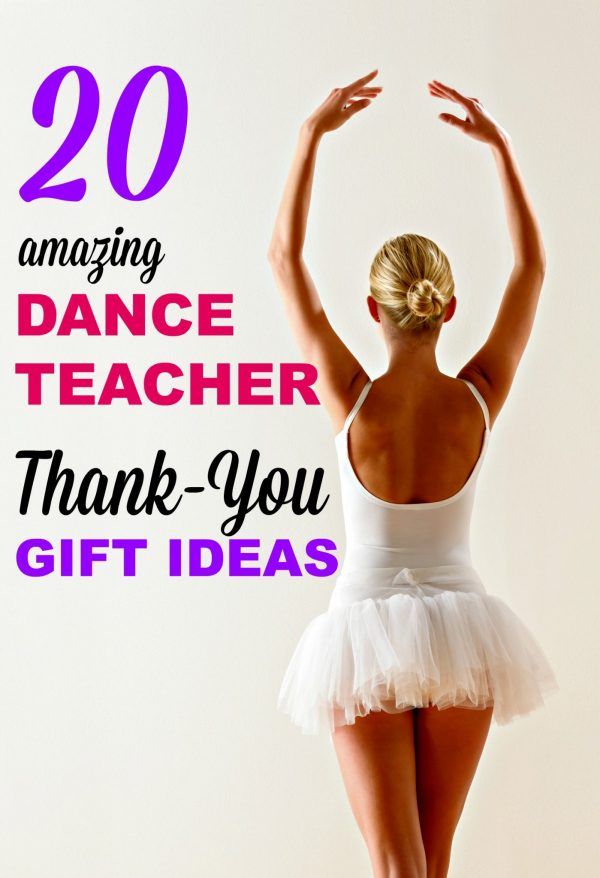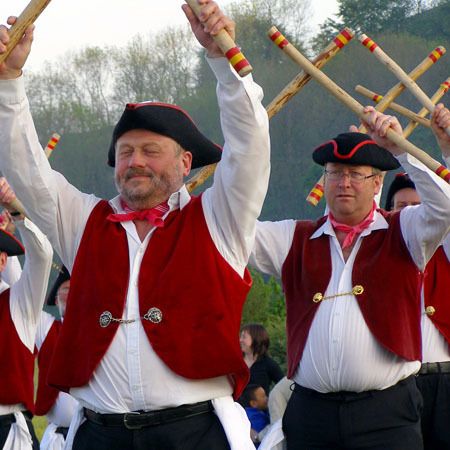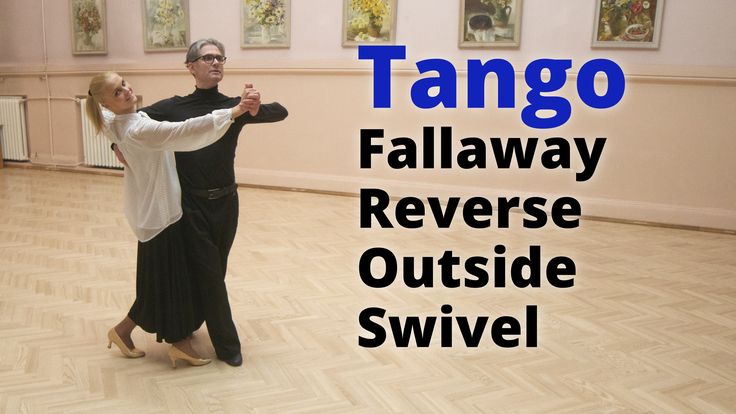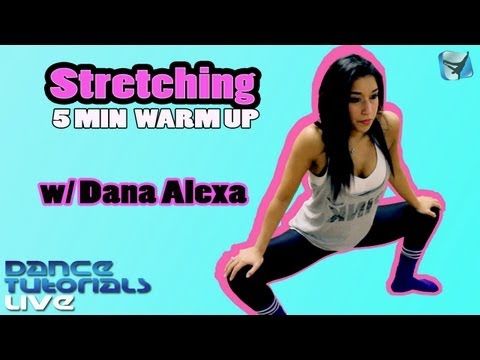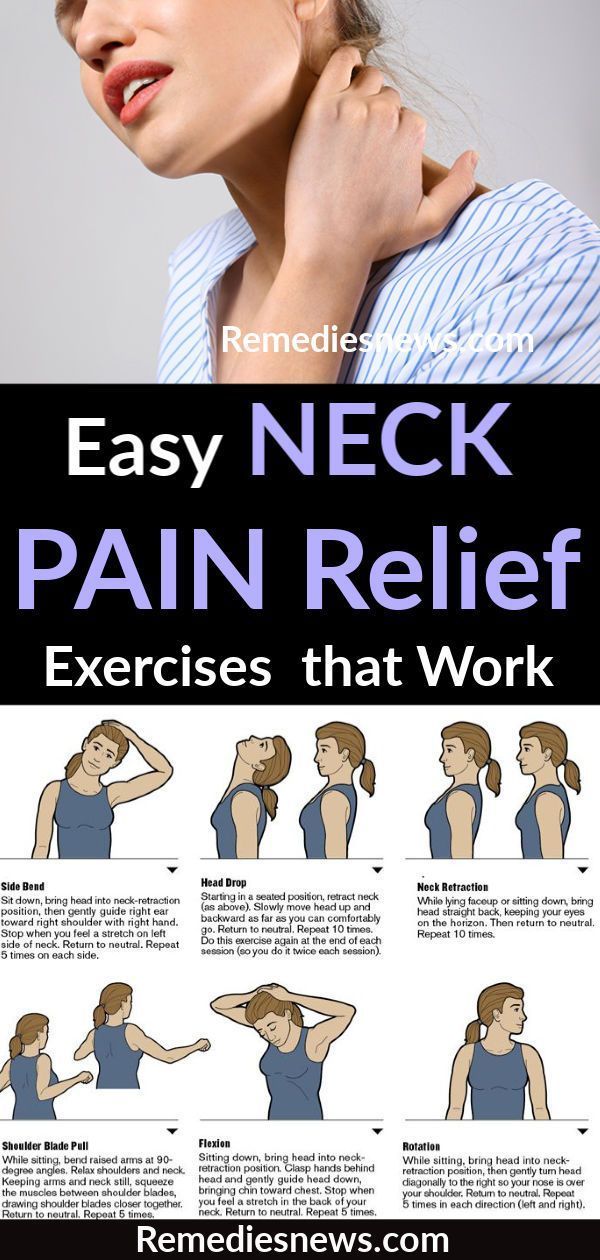Will zumba teach me how to dance
Everything to Expect From Your First Class
Going on a run or doing a bunch of crunches might not be your definition of fun, and I can’t say I blame you. If you’re looking for a workout that doesn’t feel like a workout, Zumba might be right up your alley. This dance-based program gets you moving, sweating, and having actual fun—no dance experience, exercise equipment, or running required.
“Zumba is a cardio endurance workout incorporating Latin music and dance moves,” says Becca Russo, a Zumba instructor in Chicago. “I describe Zumba as going to a wedding reception, dancing your heart out, and realizing you burned a lot of calories and had fun.”
Keep reading to hear what Zumba teachers have to say about the dance class, its benefits, and if it’s the enjoyable workout you’ve been searching for.
Meet the Expert
- Nora Coyle is a licensed Zumba instructor based in Minneapolis, and has taught for over 10 years at gyms across the Midwest.
- Becca Russo is a Chicago-based fitness instructor who teaches Zumba, spin, barre, HIIT, and treadmill classes at gyms and studios across the city.
- Michael Glynn, DPT, is a physical therapist in Chicago.
What Is Zumba?
Zumba is a music-driven cardio dance workout taught at studios and fitness centers across the country. It incorporates movements from dance styles worldwide, including Salsa, Reggaeton, Bollywood, Merengue, and more, says Coyle. There’s specific choreography for each song in a class, which combines cardio, muscle conditioning, balance, and flexibility to give you a full-body workout.
Best For: Building Cardio Endurance and Boosting Mental Health
Zumba choreography combines dance moves with bodyweight exercises to get your heart pumping. “We choose music and choreography that will take students through a journey--one that includes heart rate elevation that gets participants to an anaerobic, or breathless, state, balanced with recovery songs that allow the heart rate to drop,” says Russo.
Heart rate fluctuation increases cardio endurance by training your heart to pump more efficiently. It's also a recipe for burning tons of calories—an average of 9.5 per minute. Dance also requires you to move in all directions, not just forward and backward like walking. That helps condition your muscles and improve balance and flexibility, says Coyle.
Zumba is also a great way to let loose and have fun, especially if intense cardio workouts aren’t usually your thing, says Russo. “This workout does a lot for the participant mentally as well as physically,” says Glynn. “It’s a great way to relieve stress, burn some calories, and condition all muscles.”
What to Expect During a Zumba Class
As you may have guessed, you can expect a whole lot of dancing at Zumba. Classes are typically 45 minutes to an hour-long and start with a warm-up to get your blood flowing and practice some basic movements like grapevines. Then the fun begins: You’ll spend the bulk of class dancing to an upbeat playlist, and the routines will cover a variety of dance styles and intensities to keep your heart pumping and the fun going, says Coyle.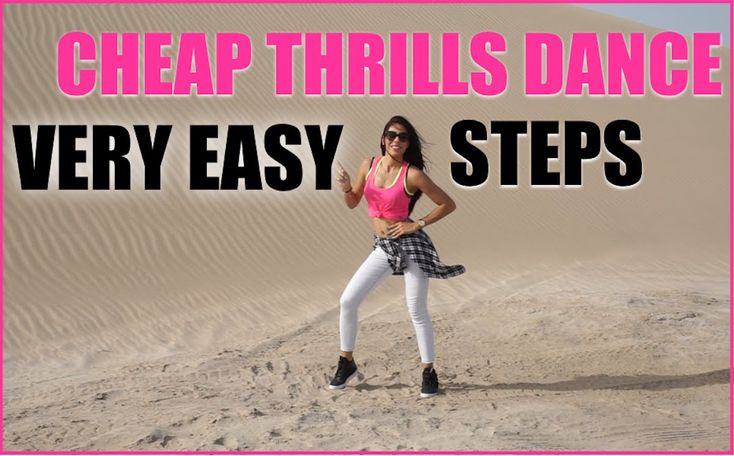 Choreography frequently incorporates bodyweight and muscle-toning exercises like squats, lunges, and presses, says Russo. You’ll finish with a cool down to lower your heart rate and stretch out your muscles.
Choreography frequently incorporates bodyweight and muscle-toning exercises like squats, lunges, and presses, says Russo. You’ll finish with a cool down to lower your heart rate and stretch out your muscles.
Music and choreography depend on where you’re taking Zumba and who’s teaching it. There are also variants of Zumba, says Coyle, like Zumba Toning, which incorporates light weight lifting, and Zumba Sentao, where you use a chair for full-body toning exercises.
Class sizes also vary widely based on where you’re taking Zumba, but you’ll have enough space to move around freely and safely, says Coyle. Just bring your dancing shoes, a water bottle, and maybe a towel for sweat.
Benefits of Zumba
- Builds cardio endurance: Dancing can get your heart pumping, and over time that can lower your heart rate, decrease blood pressure, and improve your endurance.
- Improves balance and flexibility: We’re used to forward and backward movements, like walking, climbing stairs, or cycling.
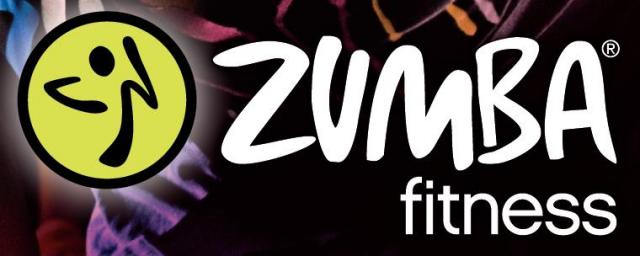 Dancing incorporates rotation and side to side, or lateral, movements, all of which can improve your balance and flexibility.
Dancing incorporates rotation and side to side, or lateral, movements, all of which can improve your balance and flexibility. - Tones muscle: Zumba is a full-body, multi-directional movement, which works all the muscles in your body--particularly if you take a class centered around strength training, like Zumba Toning.
- Develops rhythm: Any class involving choreography and rhythm makes your brain work in new and different ways, says Coyle. And mastering these rhythmic dance patterns could benefit your brain. This research found that regular dancing improved people’s memory of and ability to perform tasks, motor skills, and the brain’s ability to focus and adapt.
- Boosts your mental health: There’s plenty of research to show that exercise can improve your mental health, including stress, anxiety, and depression. Zumba is no exception: A study published in 2020 found that women reported better mental health, energy, and feelings of positivity after four months of Zumba.
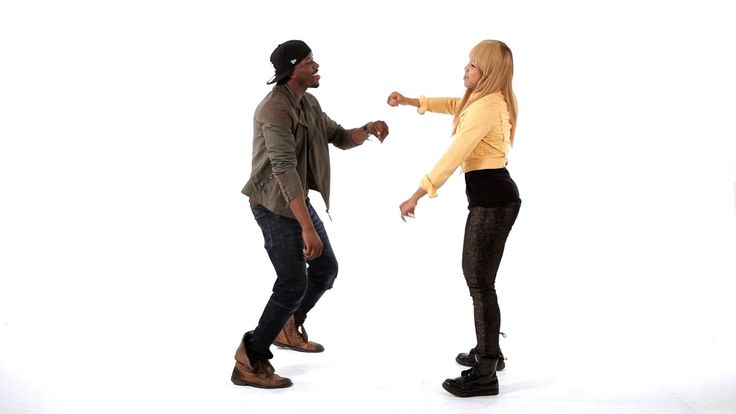
- It’s fun: “Zumba’s tagline is ‘Join the Party,’ for a reason,” says Coyle, “The idea is to immerse yourself in the music and forget how hard you’re working.”
Safety Considerations
You don’t have to be a dancer to give this a try. Zumba is accessible to people of all experience and fitness levels, and your instructor will walk you through the choreography and demonstrate the moves throughout the class. Coyle also encourages tailoring movements to suit your body. “If choreography calls for moves like jumping or spinning and that doesn’t feel good for you, you can always modify movements to fit where you are physically in the moment,” she says. Russo suggests doing Zumba several times a week, with days off in between to let your body recover.
Glynn advises speaking with your instructor about any limitations you have before class starts. “If you have a balance deficit, I would still highly recommend participating in an exercise program to improve and challenge your balance,” he says, “However, I would make sure that your instructor is aware of this issue and can provide modification such as a chair or countertop in front of you when you perform the exercises.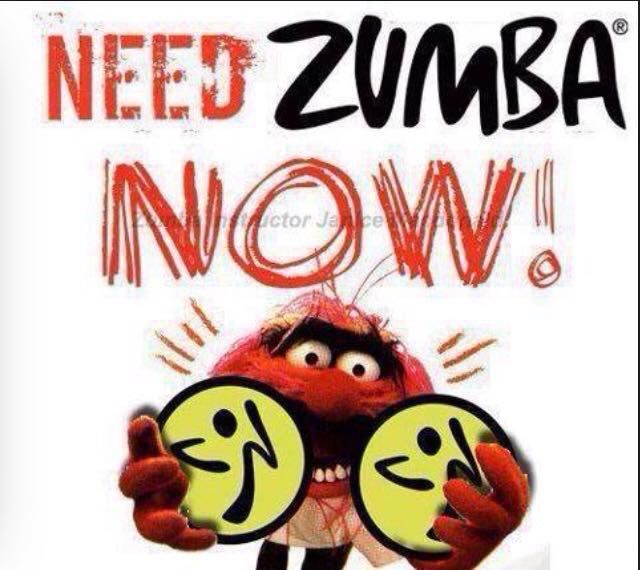 ”
”
As with most cardiovascular exercise, if you have heart problems or uncontrolled blood pressure, consult with your doctor before starting Zumba, says Glynn. If you get the all-clear, he recommends tracking your symptoms during class to keep track of your exertion, staying hydrated, and taking breaks when you need to. Russo also suggests monitoring yourself for pain. “As with any high-energy cardio class, people can have back pain if they don't practice good posture,” says Russo, “People can also experience knee and calf pain if they don't have supportive footwear.”
At-Home vs. In-Studio
There are tons of online Zumba you can try from home these days, like Coyle’s virtual workouts. Try a class on Zumba’s website or browse online to see if your favorite gym, studio, or teacher has digital offerings—no equipment necessary!
“If you plan to try Zumba for the first time virtually, I recommend sending a message to the instructor ahead of time to let them know you are a first-timer,” says Coyle, “They may have other helpful tips to share.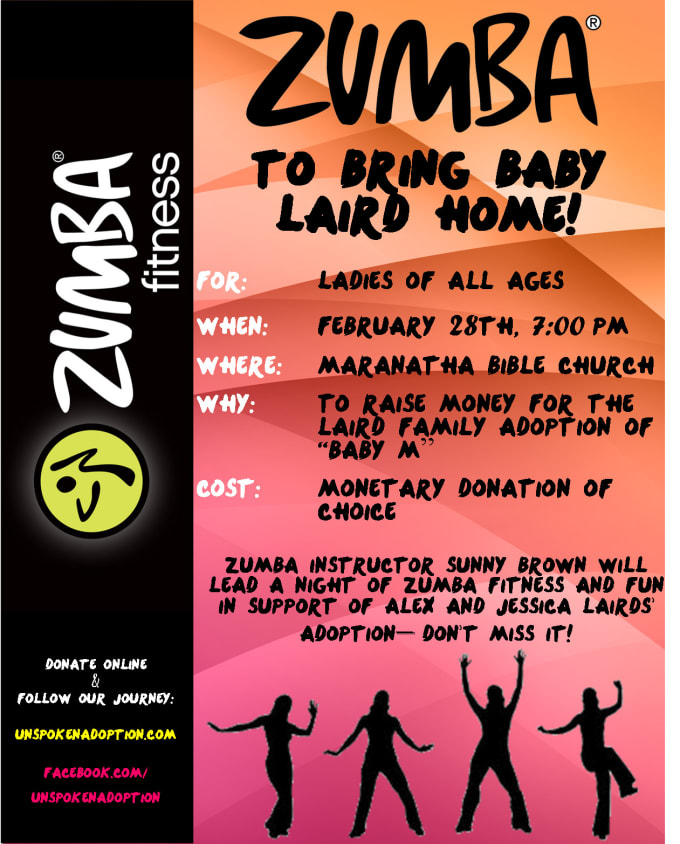 ”
”
Zumba vs. Aerobic Dance
There’s plenty of other dance fitness out there, from pole dancing to this in-bed dance class to Obé sculpting dance videos. Zumba’s key differentiator is its focus on Latin-style dance moves, so if you’re in the mood for salsa, Zumba is the program for you.
What to Wear to Zumba
Pick light, breathable clothing you can move around in, like leggings, a tank top, and maybe a sweatshirt to wear while you warm up, says Russo. You’ll be all over the dance floor, so avoid clothes that restrict your mobility. Most importantly, wear athletic shoes that support your arches and ankles and prevent slipping on gym floors (or even jazz sneakers, if you have them). “Zumba involves a lot of lateral movement, as opposed to exercises like running,” says Russo, “You’ll pivot, tap your toes, get low, and jump around, so supporting your feet and ankles is huge.”
The Takeaway
Zumba is a Latin dance-inspired cardio workout that melds dance moves and bodyweight exercises into one choreography.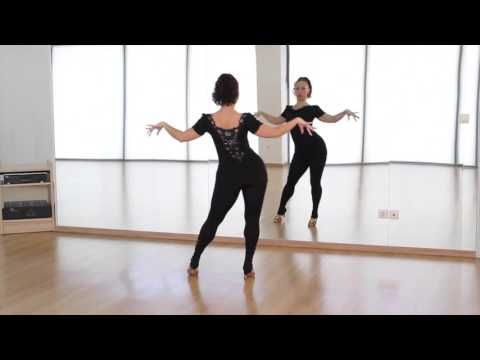 It’s beginner-friendly and modifiable to all fitness levels, with tons of class options available online and fitness centers of all kinds. Zumba gets your heart pumping to build cardio endurance and burn lots of calories, with class options that focus specifically on muscle strengthening and toning. It’s cardio-heavy, though, so if you have any heart or blood pressure problems, this may not be the workout for you.
It’s beginner-friendly and modifiable to all fitness levels, with tons of class options available online and fitness centers of all kinds. Zumba gets your heart pumping to build cardio endurance and burn lots of calories, with class options that focus specifically on muscle strengthening and toning. It’s cardio-heavy, though, so if you have any heart or blood pressure problems, this may not be the workout for you.
“Zumba is fun! The best classes feel like a party, whether you’re celebrating with others on the dance floor or working out at home knowing that others are doing the same,” says Coyle.
Creating a New Zumba Routine
Zumba routines are fast-paced cardio dynamos that help students forget they’re even working out. In today’s fitness deep dive, we’ll cover everything instructors need to know about creating the perfect routine for eager Zumba students.
The Origins of Zumba
Zumba has a relatively short history compared to other forms of exercise and dance. In 1998, Alberto “Beto” Perez founded Zumba in Columbia. An aerobic instructor, Perez found himself in a predicament one day before class. He had forgotten the class music. Pulling out the only music he had with him, salsa and merengue, Perez decided to wing it. The fusion of latin dance and aerobics was an immediate hit.
In 1998, Alberto “Beto” Perez founded Zumba in Columbia. An aerobic instructor, Perez found himself in a predicament one day before class. He had forgotten the class music. Pulling out the only music he had with him, salsa and merengue, Perez decided to wing it. The fusion of latin dance and aerobics was an immediate hit.
Originally the spanish word for party - rumba - and the common aerobic class jazzercise were combined to name this new form of dance exercise rumbacise. Later the exotic aerobic blend was coined Zumba. Now Zumba has certified instructors in 125 countries around the world.
Becoming a Zumba Instructor
As the world of Zumba has exploded throughout many countries, the need for teachers grew with it. Zumba is a high-intensity cardio aerobic exercise class. Having the right certification, as with any other fitness profession, is absolutely essential.
The ZIN™ Academy is one of the largest and most recognized professional networks of Zumba. ZIN™ offers a subscription with a wide range of certifications and specialty classes for instructors to hone their skills.
ZIN™ offers a subscription with a wide range of certifications and specialty classes for instructors to hone their skills.
Do Zumba Instructors Need a Dance Background?
A common concern for those looking into the career as a Zumba instructor is whether or not they need a background in ballroom or classical dance. While the muscle memory created through formal training could be very beneficial, it is not necessary for Zumba. The steps are supposed to be simple and easy to learn.
Zumba classes are for individuals who are looking for fun exercise—the motto being “Ditch the Workout, Join the Party”. An experienced instructor needs to have taken part in many Zumba classes, as well as continued education, before venturing into a teaching role.
A Closer Look at a Zumba Dance Sequence
With any good aerobics, Zumba dances need a good up beat song to put the movements to. A typical dance can last the length of one full length song. The average choreography would last approximately three and a half minutes. The dance should be contained to a small area, allowing students to be able to follow along without running into walls or neighboring students.
The average choreography would last approximately three and a half minutes. The dance should be contained to a small area, allowing students to be able to follow along without running into walls or neighboring students.
Repetitive movement sequences allow learners to pick up the choreography and apply the movements by the second or third time through. Arms, legs, hips and shoulders are all used throughout the routine to allow for full body exercise. The progression of exercise should allow for a warm-up period, a high-intensity section, and finally a cool down. This progression can be done throughout the entirety of a class or within a single dance. The warm up and cool down should use smaller movements, while the high intensity sections use larger, full body steps.
Tips for Choosing Zumba Music
The choice in music is an important part of any choreography. Although Zumba was first started in South America using Salsa and Merengue, you can use any genre of music. For Zumba, quick tempos are a necessary component for any dance. A quick tempo ensures that even small movements will be fast-paced, adding to the cardiovascular benefits of Zumba.
For Zumba, quick tempos are a necessary component for any dance. A quick tempo ensures that even small movements will be fast-paced, adding to the cardiovascular benefits of Zumba.
While Latin music offers many different styles of quick energetic music, pop and electronic dance music are great genres to loop in, as well. Picking music that's catchy and enjoyable to you will help you in choreographing the dance as you will be hearing these songs more than anyone else. When choosing your next song, finding a track with a simple repetitive beat will help you and your students keep tempo and pick up the dance faster and easier. Making a playlist of possible song choices can help you decide what song to use and will give you plenty of options for future choreographies.
Best Places to Find Zumba Music
Looking for good dance music can be tough if you’re not sure where to start. YouTube is an easy, free way to find new songs and genres. Once you start finding music that inspires you to get up and move, create a playlist to keep all your music selections in one place.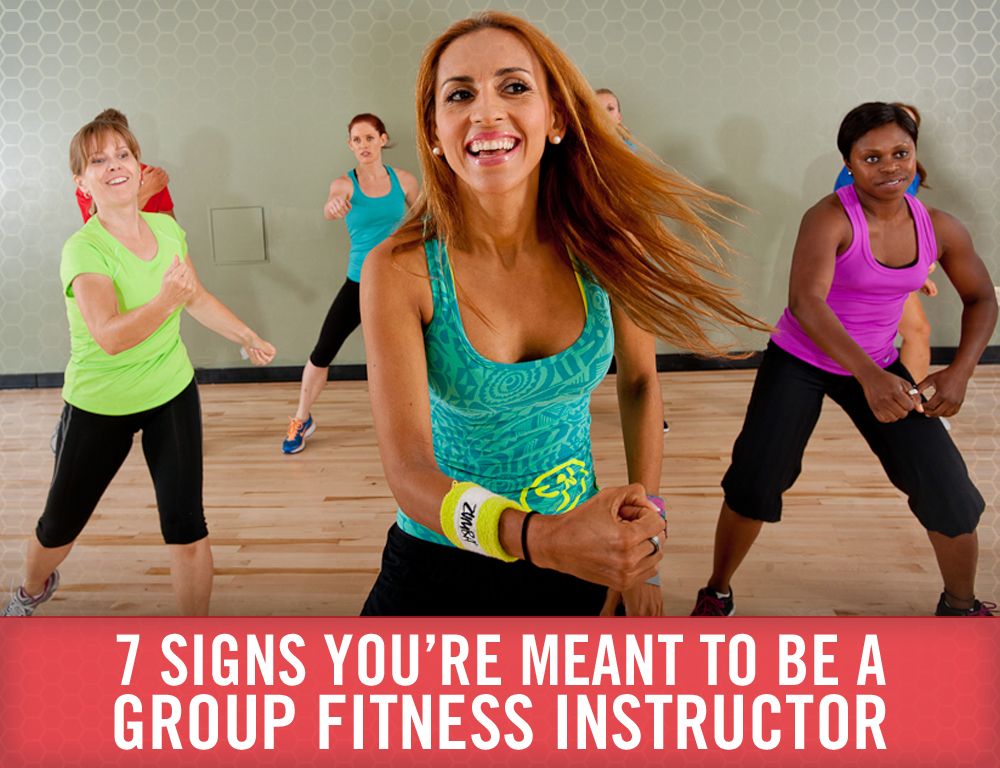
Alternatively, a streaming service might be more ideal for you. Paying a set price each month would enable you to download a huge variety of songs straight to your device. The official Zumba website has a membership that gives you unlimited access to their top music picks and even choreographies. Finding what works for you is always the best policy for giving yourself room for maximum creativity.
What Steps to Use in Your Zumba Routine
As soon as you lock down your top choice of song, it’s time to start creating your routine. Listening to the music and seeing what your body naturally wants to do when you start to get into the groove can help inspire your entire choreography. If you want to shimmy your shoulders and put your hands up, you would want to consider movements that get your upper body working.
A great way to get your shoulders and back working are, arm pumps, body rolls and hand rolls, just to name a few. Combining these exercises with simple foot movements such as, heel switches, walking in place, or a wide legged stance with hip bumps will help keep your full body moving without adding too much complication to the sequence.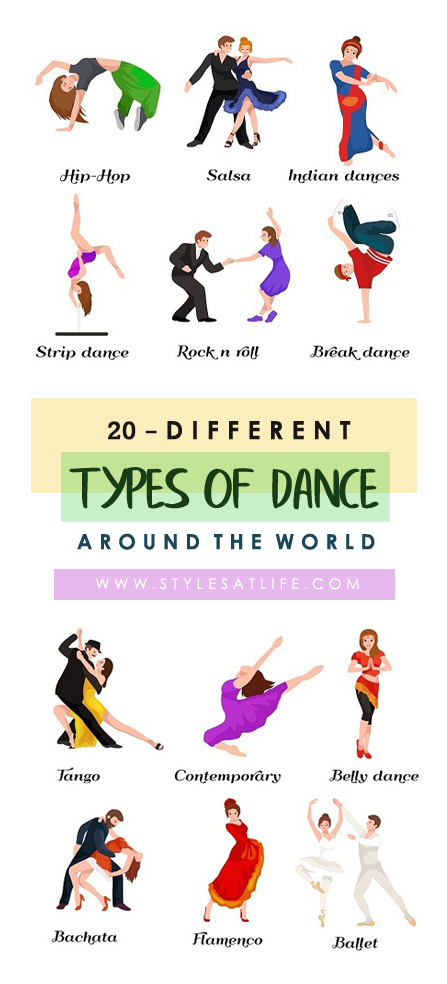
Finding Inspiration for New Zumba Routines
If you are feeling stuck in the middle of a choreography or can’t even think where to begin, inspiration might be what you need. Watching videos of Zumba dances or attending a Zumba class is one way to get your creative juices flowing. Seeing and doing different movements can help you create ideas for your own dance.
Watching ballroom dancing or other forms of dance can help you discover new movements you haven’t tried before. Part of being creative is being open to new possibilities.
Ways to Keep your Zumba Class Safer
Zumba classes are fast-paced and high-energy, which means there are chances for mishaps to occur. Taking small steps with each and every class you teach can go a long way in helping to lessen the chances for an accident or mishap.
Keeping a Zumba class safe takes diligence on behalf of the instructor, certain things to watch for include:
- Keeping a clean space: this seems basic but you’d be surprised how many accidents happen simply because a studio wasn’t cleaned beforehand.
 Make sure to promptly wipe up any spills and pick up any loose debris so they don’t become a slipping hazard.
Make sure to promptly wipe up any spills and pick up any loose debris so they don’t become a slipping hazard. - Correct bad form: if a student is not performing a routine correctly, you need to help guide them into the proper sequence. Improper form could injure the student or those around them so you aren’t doing any favors by not correcting them.
- Keep intervals manageable: you know your class and may even be targeting a specific client segment such as older gym goers. Make sure to keep the intervals between high and low intensity dance moves at a manageable level, relative to the class. Watch out for any signs of overexertion and tone down the routine as needed.
No accidents are completely unavoidable but you can help lessen the chances of a mishap simply by being present, alert, and prepared for each and every class.
Making Sure Your Zumba Career is Covered
Creating the absolutely perfect Zumba routine that really drives the energy and enthusiasm of a class is a great feeling. Having students spread their good experience with others, creates an opportunity for having more individuals sign up to take your next class. With consistently good experiences, a Zumba teacher can build their reputation and their client list to whatever heights they desire. Even with all of this, an entire career can come crashing down in an instant with just the slightest misstep during a session with students.
Having students spread their good experience with others, creates an opportunity for having more individuals sign up to take your next class. With consistently good experiences, a Zumba teacher can build their reputation and their client list to whatever heights they desire. Even with all of this, an entire career can come crashing down in an instant with just the slightest misstep during a session with students.
Zumba instructor insurance is your career’s safeguard, offering 360 degrees of protection from the most common types of accidents and other risks that sometimes just happen, no matter how careful you are. A slip and fall injury, an accusation of malpractice—events like these could lead someone to file a lawsuit against you, which, frivolous or not, will require paying for your defense.
Insure Fitness Group’s Zumba insurance policy helps provide for the costs associated with a claim, as well as any legal defense fees that are necessary. We do this for a wide variety of risks that today’s Zumba instructors face so they can have full confidence teaching the routines they love.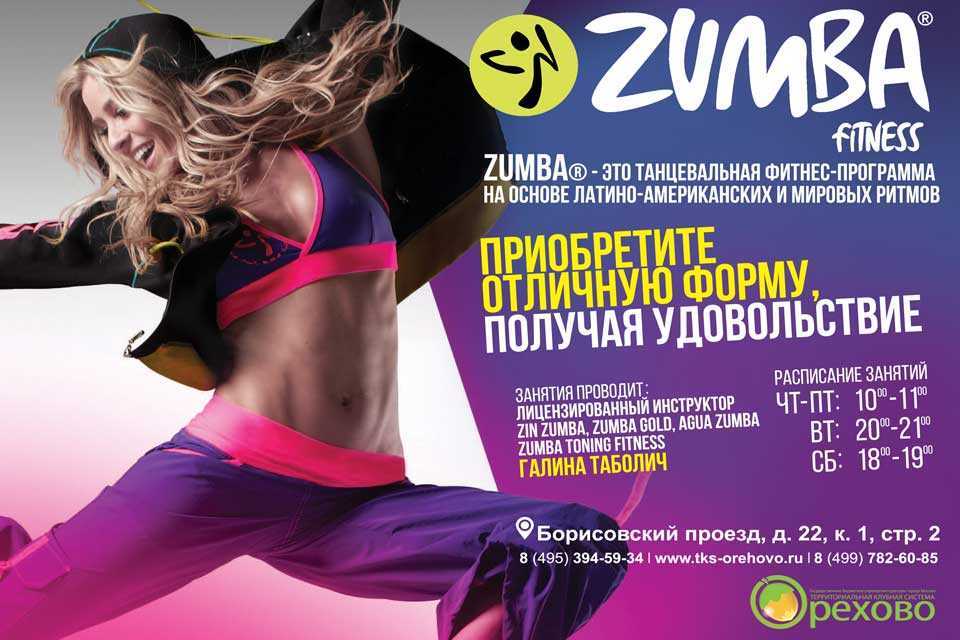
Sign Up for Zumba Insurance in a Few Clicks
No long questionnaire to fill out or waiting a long time for approval. Simply fill out a quick online application, check out, and enjoy full Zumba insurance coverage with immediate access to plan documents.
Alina Vakhner: "Anyone can learn to dance"
Alina Vakhner started dancing professionally when she was 7 and today she joined the Activia campaign to showcase the positive energy of dance to women around the world.
Website editor
Tags:
Health
weight loss
Food
Proper nutrition
Expert advice
Tell us about the dance direction you teach?
I teach Latin American dances, salsa.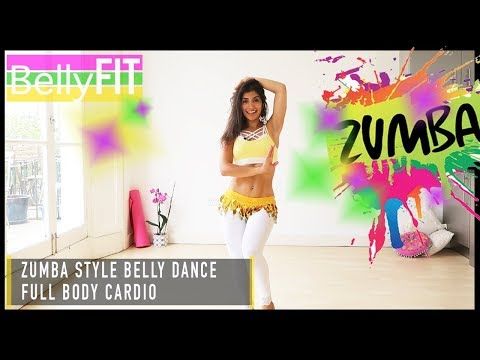 Salsa is a very positive and incendiary dance. It is quite easy to learn if you have a good sense of rhythm. In addition, I am a certified Zumba and Zumba Sentao Fitness Instructor.
Salsa is a very positive and incendiary dance. It is quite easy to learn if you have a good sense of rhythm. In addition, I am a certified Zumba and Zumba Sentao Fitness Instructor.
What if you can't dance?
Dance, of course! Anyone can learn to dance. My dance directions are very incendiary and rhythmic. By the way, you can do it not only alone, but also with a partner. As for Zumba, this is a dance fitness program based on incendiary rhythms. Today, this direction is very popular all over the world, because it is accessible to everyone: it doesn’t matter how old you are, whether you are a man or a woman, whether you can dance or not... Just come and start training. Beauty and precision of movements will come with experience.
How long does it take to get the first results?
If we're talking Zumba, you only need a few classes. Salsa requires a little more time, because the movements in this dance are more complicated. You need to do it regularly, at least 2-3 times a week. It is enough to attend group classes where you will be taught the basic steps.
You need to do it regularly, at least 2-3 times a week. It is enough to attend group classes where you will be taught the basic steps.
Is it possible to learn to dance by yourself? For example, at home, repeating the movements of the instructor on the record?
You can learn to dance on your own, there are quite a few examples of this - famous dancers and choreographers who started taking their first steps with video lessons. It was with video lessons that the great king of pop music, Michael Jackson, began in his time. Just set yourself a goal and go for it. Turn on your favorite music and let your body catch the beat.
How to feel confident on the dance floor?
To feel more confident on the dance floor, you need to devote more time to group classes. Chat with people who love dancing. And don't be afraid to dance outside the walls of the hall or your apartment! Often we set barriers for ourselves, we think that we don’t know how to do something, we can’t .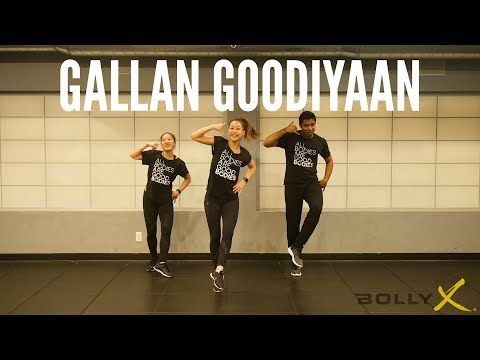 .. In fact, we are simply afraid of being worse than others, we are afraid of what people will think of us. You shouldn't dwell on it. Better concentrate on your emotions and have fun!
.. In fact, we are simply afraid of being worse than others, we are afraid of what people will think of us. You shouldn't dwell on it. Better concentrate on your emotions and have fun!
How do you express yourself through dance?
Just be yourself and listen to your body. It will tell you the right moves!
How did your collaboration with GallaDance dance clubs start?
After I ended my professional career as a dancer, I realized that I wanted to share my experience with other people. So I ended up at the Galladance dance club... Here I have the opportunity to develop and grow professionally. And it's not just working with people, it's part of my life. I love being part of this team.
Why did you join Activia's Good Mood Starts From Within campaign?
I love Activia products. They start my day. When you experience a lot of physical activity, it is very important to monitor your diet. I am for a healthy lifestyle, for the movement, so it's nice to know that you are part of a company that is fully consistent with your lifestyle. And, of course, it has to do with dancing: I couldn't find a better way to show people that dancing is a great opportunity to feel good and infect others with your mood.
They start my day. When you experience a lot of physical activity, it is very important to monitor your diet. I am for a healthy lifestyle, for the movement, so it's nice to know that you are part of a company that is fully consistent with your lifestyle. And, of course, it has to do with dancing: I couldn't find a better way to show people that dancing is a great opportunity to feel good and infect others with your mood.
A sea of prizes awaits you! Participate in our project!
7 tips for those who want to learn how to dance
September 9, 2020 Reno5 Life
Dancing is a great way to make friends with your body and gain self-confidence. And yes, they can be mastered at any age.
1. Choose your style
The idea here is the same as with sports: if you secretly hate yoga or iron exercises, then you are unlikely to go to workouts week after week. To achieve noticeable progress in dancing, a beginner will have to practice a lot and regularly, so it’s better not to torture yourself and choose a direction that really ignites.
You can focus on the music that you like - you need to catch the drive from movements to it. It is music that forms the style of dance and its energy, so decide what is closer to you: for example, funk lovers should try popping or locking, folk fans may like Irish dancing, and if you respect jazz, swing and everything like that, take a closer look at lindy hop.
Another criterion is the nature of the movements. Some are closer to dynamic, as in hip-hop, others are smooth and sensual - for this in tango. There are also health restrictions to consider. So, twerk is not suitable if there are problems with the lumbar spine, with sore knees it is better not to get involved in shuffle, and it will be difficult for an aged person to master house.
2. Set a goal
Photo: Iakov Filimonov / Shutterstock You can start dancing at any age, but it's important to keep in mind why you started it in the first place. It is perhaps too bold to expect that in half a year of classes it will be possible to reach the level of international dance championships from scratch.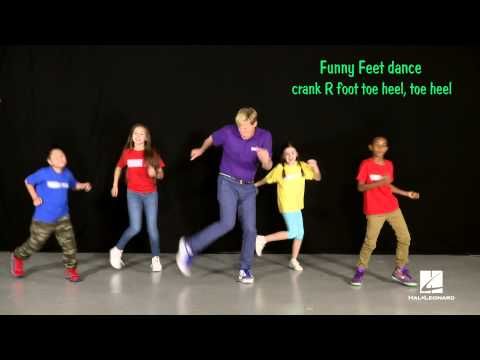 But if you want to try dancing in order to develop plasticity and learn to feel the body better, great, go ahead.
But if you want to try dancing in order to develop plasticity and learn to feel the body better, great, go ahead.
Don't expect everything to work out the first time. When you learn from scratch, difficulties are absolutely normal, the main thing is not to score in classes. Over time, both the correct posture and a beautiful gait will be developed, and as a bonus you will also get self-confidence - with freedom of movement, freedom from complexes will come.
3. Don't forget about sports
Some dances in themselves make for a good workout. A vigorous shuffle will replace cardio, and a break can give a load to almost all muscle groups. And yet, without preparation, it will not be easy. A more or less good stretch is needed in any type of dance, and, for example, strong arms and strong abdominal and back muscles are also useful for pole dancing. You can combine dancing with strength exercises, but you need to give the body time to recover and not plan classes in a row, but allocate at least a day of rest between them.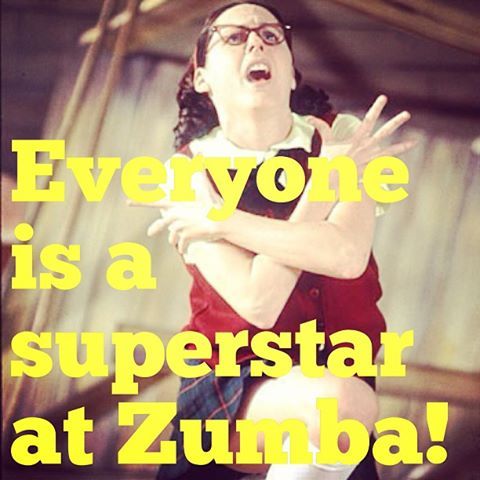
And don't forget to warm up before dancing. So that the training does not end with an injury, the muscles and joints need to be prepared for the load. You can allocate 10–15 minutes for a warm-up, it should include simple articular gymnastics (at least elementary rotational movements of the shoulders and knees), tilts and dynamic stretching.
4. Take some lessons from a trainer
Especially if you have never danced before. Those with experience can learn new styles at home with video tutorials, but that's because they already know how to control their bodies. Beginners are unlikely to succeed, but disappointment in themselves and demotivation are guaranteed - if you can’t repeat elementary movements, then there’s no point in doing it.
Nothing really strange here. Without preparation, it is difficult to just take it and start moving freely. At least the basic elements are better to master under the guidance of a pro, and when you feel that you are coping, supplement these lessons with home workouts.
5. Learn something new in every class
When you repeat the same set of exercises and movements over and over again, classes turn into a good way to pass your free time, only you can forget about progress. Acquaintance with new elements is the same mandatory part of any workout as a warm-up. It doesn't matter if you work with a mentor or on your own.
Do not immediately try to copy cool dancers. First, study the basic movements, then try to combine them into bundles until you hone them to automatism, and then experiment and improvise, creating something new based on familiar elements.
6. Record yourself on video
It is not necessary to record the entire workout from the warm-up, it is enough to record only those moments with which you have problems. These can be separate movements or bundles that are not given in any way. Review the video and, if possible, objectively assess what is wrong: perhaps there are technical problems that are difficult to notice in the process.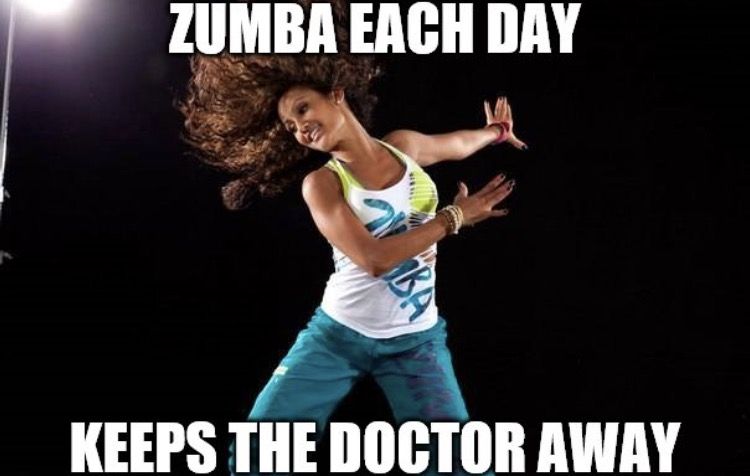 When you understand what's wrong, try to repeat the movement and record it on video again - and so on until you achieve a good result.
When you understand what's wrong, try to repeat the movement and record it on video again - and so on until you achieve a good result.
This approach will help you find errors and track progress. You can not even limit yourself to memorized ligaments, but improvise - then see how it looks from the outside.
7. Find like-minded people
Photo: Iakov Filimonov / ShutterstockIf you need an extra reason not to miss classes, then meeting new people can be a good motivation. It is easier here for those who train in a group. Often the dance school becomes the center of a close-knit community, where people come not only for the sake of classes, but also just to spend time together at dance parties.
Finally, the more partners around, the more experience. Do not limit yourself to dancers of your level of training and practice with those who are stronger or weaker than you. In the first case, you will be able to improve your skills, and in the second, you will try yourself as a coach - this, by the way, is a good way to learn to take more initiative and understand the very principle of movement in dance, and not just memorize the alternation of chords.